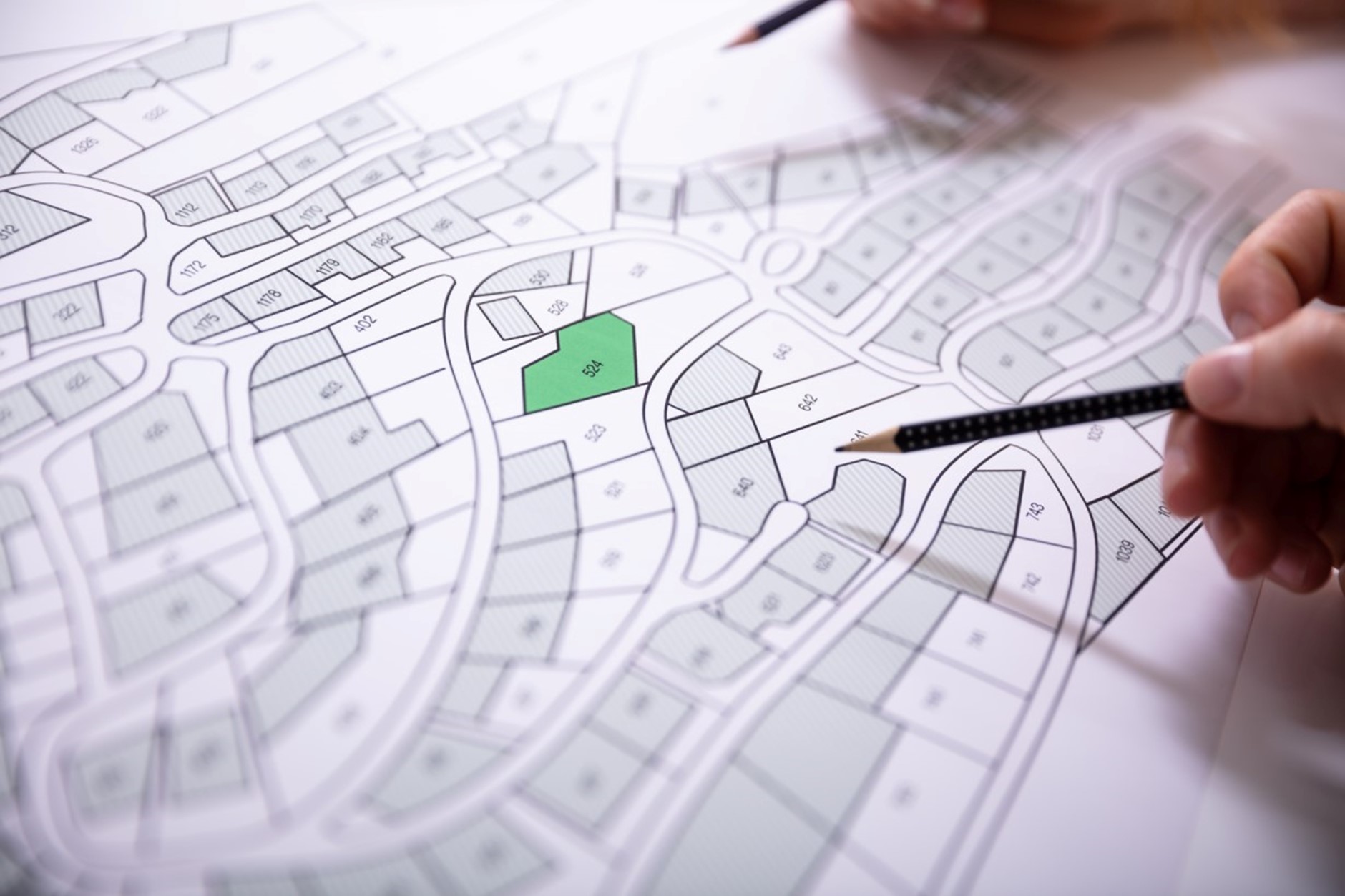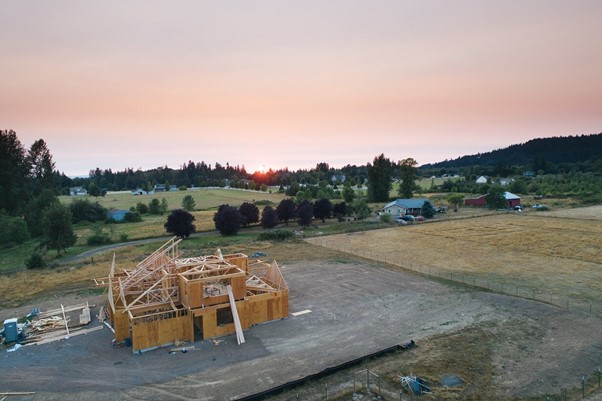
Key information
- Outline planning permission gives consent in principle
- Full planning permission approves all the details of a proposed development
- Outline permission can find out any objections before committing to architectural and surveying fees
Navigating planning permission can sometimes feel like a minefield. But even before you’ve started drawing up your plans and resolving council concerns, there’s the question of which type of permission you need to begin with.
In this guide, we’ll take you through everything you need to know about outline and full planning permission — and which route is best for your development.
Outline permission vs full permission

The difference between the two types of planning lies in what approval they grant and how detailed your application will be.
Outline permission gives consent in principle to your development. An outline planning application indicates what you're planning, but that doesn't mean it's scant. You'll still need to provide enough detail about building size, access and potential environmental impacts for the Local Planning Authority to accurately judge your plans.
Getting outline permission isn't the same as getting building consent though. To get there, you'll need to submit a further application known as "reserved matters", which fills in the specifics that weren't part of your outline proposal. A reserved matters application must be submitted within three years of being granted outline planning permission. However, for larger or more complex developments it is possible to submit reserved matters in phases.
By contrast, a full planning permission application presents full, exhaustive details of your development proposal. These include elements such as the scale and orientation of buildings, site elevation, parking and pedestrian access, and drainage. If granted, full planning permission gives your project exact go-ahead to proceed as planned.
Both types of planning permission will get you a decision within 8–13 weeks of applying. Together with conducting surveys, drawing up plans and getting all the elements of your application together, the full planning process can take 6–9 months in total.
Outline planning permission generally only takes three months, including the wait time for a decision. However, bear in mind that a further reserved matters application will take another 2–3 months to prepare the additional details, and add another 8–13 week waiting period.
Which type of planning is best?

Deciding which kind of planning application you need will depend on your situation. Outline planning permission is often a useful way for developers to save time and money in the planning process. Although it means submitting two applications in the end, outline permission also means you can find out if there are any issues with your plans before you get too far into the planning.
This is especially wise if there are no similar developments nearby that set a precedent for approval. The last thing you need after spending thousands of pounds and several months on detailed plans is for your project to be rejected on principle.
Submitting an outline proposal first also allows the Local Planning Authority to make any planning conditions clear before you start committing resources. Just remember that addressing their concerns at this stage doesn't prevent them from placing further conditions on your detailed plans.
On the other hand, full planning permission gives you absolute clarity about what you can and cannot do. There’s none of the grey areas that come with moving on from consent in principle, and no chance of the council objecting to your plans at a later date.
A full planning application is best made when getting principle consent is unlikely to be a problem — for example, if there are already similar-use developments nearby. If this is the case, going straight for a full detailed proposal can be more cost effective than submitting separate outline and reserved matters applications.
Which is more likely to be accepted?

Unfortunately, you can never completely guarantee that any application for planning will be granted. But you can give yourself the best chance by being as thorough as possible, whether you're submitting a full or outline application.
If your proposed build overlaps with flood zones, green belt land, an AONB or a Public Right of Way, you need to be aware of these may complicate your plans. Similarly, if you’re looking to develop or alter a listed building, there are unique considerations that will affect the success of your application.
It goes without saying, but never try to slip anything past the planning authority. It might be tempting when submitting an outline application to leave out tricky details and deal with them once you've got principal approval. But in all cases, it's best to find out what concerns and planning conditions they have as early as possible, as they will only get more costly the further along you go.
What's more, addressing matters like drainage issues or impact on local wildlife in your initial outline planning shows the LPA that you're taking the planning process seriously. While that in itself won't ensure planning approval, it always helps to be as transparent as possible.
You can also get pre-application advice from your local authority and discuss any potential objections that might come with your land so that you can head them off in your proposal.
Understanding the different types of application and planning consent doesn't have to be mind-boggling.
Deakin-White makes it easy to find, research, buy and sell land. Start your land journey today.
Credit: Addland





